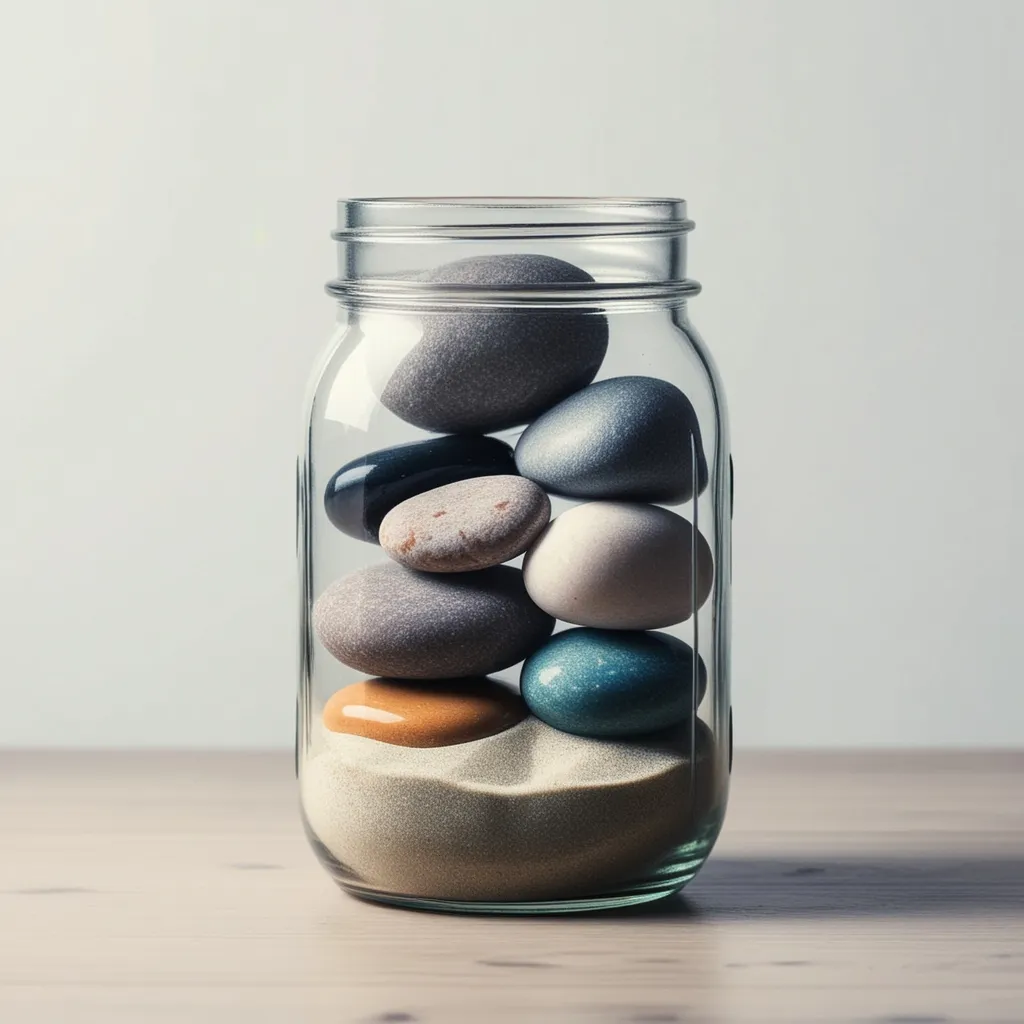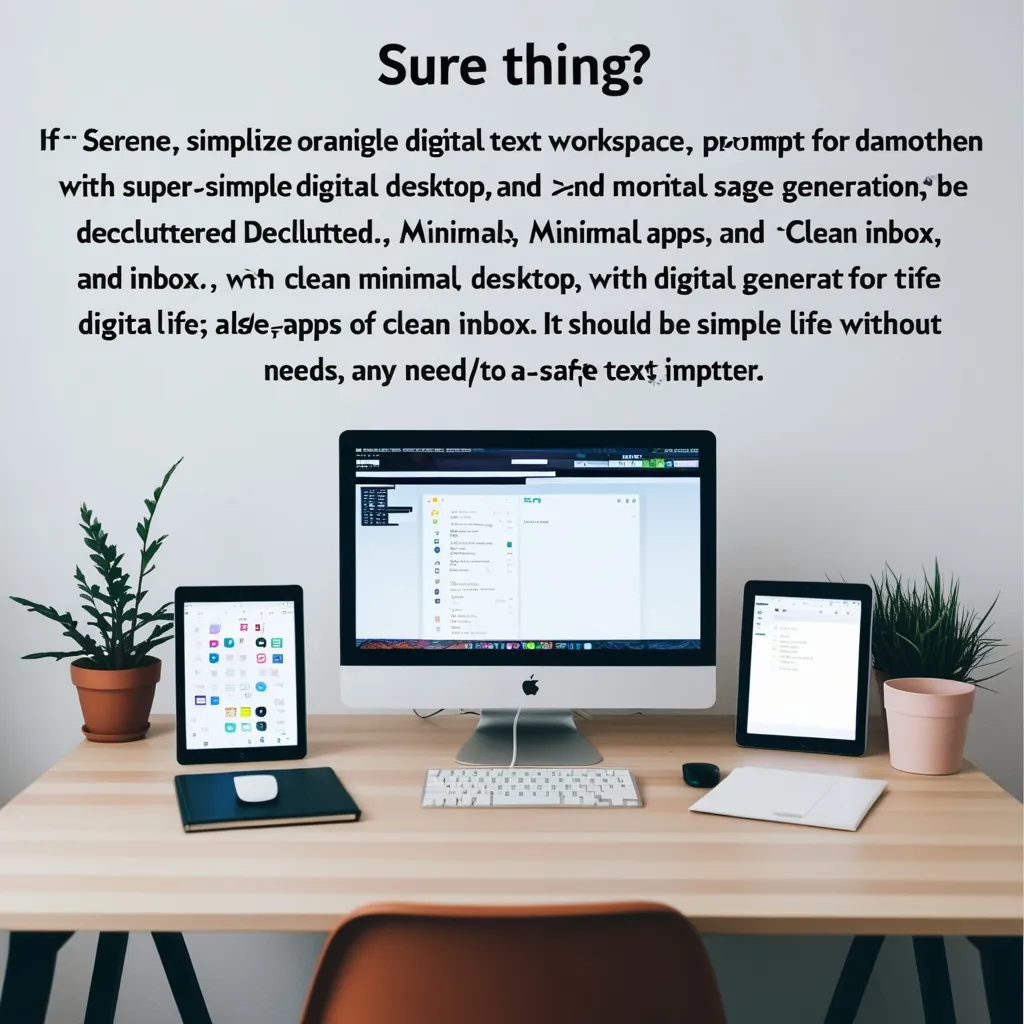Living in today’s world means being forever tethered to our smartphones and social media accounts. It’s almost impossible to escape the constant flow of notifications, updates, and social trends. While staying connected has its perks, it can also lead to feeling overwhelmed and distracted, often taking a hefty toll on our mental health and focus. This is where the concept of digital detoxing comes into play. It’s all about hitting the pause button on our digital lives to regain control of our time, attention, and overall well-being.
Constant connectivity has its drawbacks. The heavy use of technology has been linked to mounting stress levels, poor sleep quality, and various mental health issues. For instance, the blue light from screens disrupts our natural sleep-wake cycles, contributing to insomnia and other sleep-related problems. Then there’s social media—a platform where it’s easy to feel anxious and stressed as we try to keep up with endless streams of information. It’s a noisy, never-ending cycle.
So, what exactly is digital detox? It’s not about throwing your gadgets out the window but rather about fostering a healthier relationship with them. This means setting boundaries with your digital devices, limiting screen time, and making room for activities that nourish your soul. It’s the practice of focusing on the present moment, free from the distractions brought on by our hyper-connectivity.
Unplugging from our devices comes with a laundry list of benefits. Giving our minds a break from screens allows them to rest and recharge. When constantly flicking between tasks and giving in to digital distractions, our productivity plummets. Disconnecting from the digital world allows us to regain focus and perform better in our work and daily lives.
There’s more—a digital detox can boost creativity. Creativity thrives in quiet moments of stillness and solitude, states that are becoming rare in our always-on digital world. Stepping away from technology can clear a path for inspiration and free-flowing ideas. Plus, it helps prioritize face-to-face interactions over virtual ones, deepening our relationships and making them more meaningful and fulfilling.
At the heart of digital detox is the joy of missing out, or JOMO for short. It’s a mindset shift that reconnects us with ourselves and our physical surroundings by disconnecting from digital distractions. It’s about savoring real-life interactions, immersing ourselves in nature, and finding joy in hobbies that genuinely make us happy. By embracing solitude and prioritizing meaningful experiences, we can craft more balanced and fulfilling lives.
Taking the plunge into a digital detox doesn’t have to be daunting. Here are some straightforward steps to help you get started. First, set clear boundaries. Define specific times and places where your gadgets are off-limits, like during meals, before bedtime, or during your leisure time. Use technology mindfully, instead of mindlessly scrolling through social media or binge-watching the latest series. Assign specific purposes to your screen time and be diligent about sticking to those limits.
Creating a detox schedule can make the process easier. Plan your detox in advance. Decide on the duration and substitute activities for screen time, like reading a book, going for a hike, or trying meditation. You can also enlist the help of tools and apps to manage your device usage, such as those that track screen time, block social media during certain hours, or remind you to take breaks.
One top benefit of a digital detox is enhanced mental clarity. Reducing screen time allows your brain to rest and recharge, leading to improved sleep quality, reduced stress levels, and better mental health overall. Regularly stepping away from screens resets patterns of overuse and encourages richer interactions outside the confines of social media.
Many who’ve tried digital detoxing rave about the positive outcomes. For example, a two-week social media detox has been shown to better sleep quality, life satisfaction, and reduce stress levels. Participants also report stronger supportive relationships and a general sense of well-being. These real-life experiences underscore the potential benefits of taking a break from digital devices and striking a balance between technology use and real-life interactions.
After successfully completing a digital detox, maintaining the balance you’ve achieved is crucial. Continue setting clear boundaries with your digital devices, designating times and spaces where they are off-limits. Be intentional about your technology use; avoid mindless scrolling and instead use devices with a purpose. Prioritize real-life interactions to foster deep connections with others. Keeping track of your screen time ensures that you don’t slip into old, unhealthy habits. Use tools that help you adhere to your new, balanced way of living.
In a world where technology is ever-present, taking breaks from screens has never been more vital. Digital detox offers a path to reclaim our time, attention, and well-being. By setting boundaries, using technology mindfully, and indulging in activities that foster our well-being, we can enjoy improved mental clarity, higher productivity, and a better quality of life. So, the next time the digital noise feels overwhelming, consider taking a step back and embracing the joy of missing out. Your mind and relationships will thank you.






